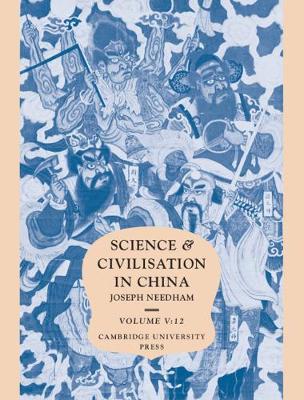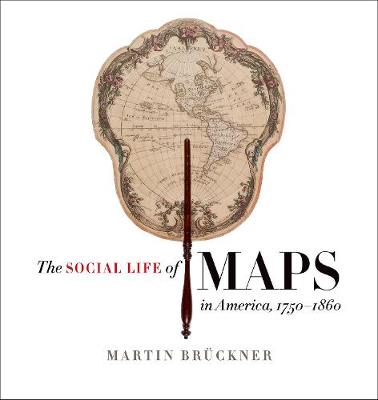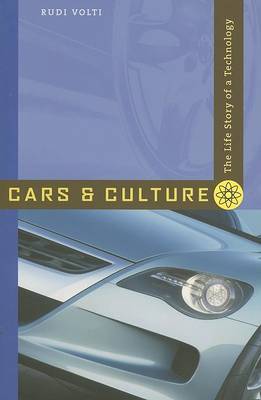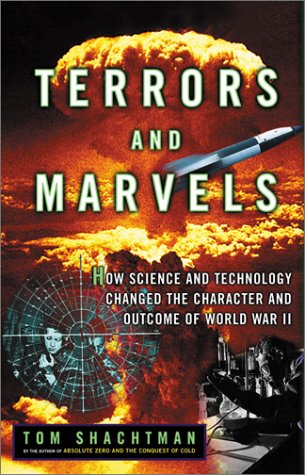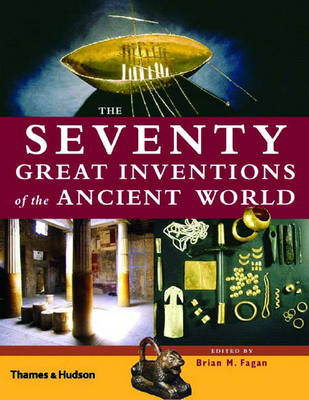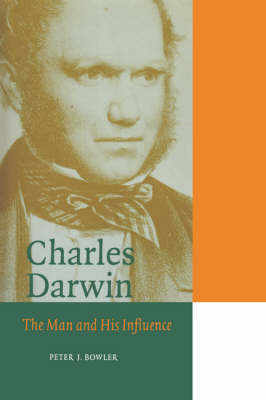Science and Civilisation in China, Part 12, Ceramic Technology (Science and Civilisation in China)
by Rose Kerr and Nigel Wood
How were Chinese pots made, glazed and fired? Why did China discover porcelain more than one thousand years before the West? What are the effects of China's influence on world ceramics? These questions (and many more) are answered in this lavishly-illustrated history of Chinese ceramic technology. The scene is set through the use of historical texts, archaeological excavation, and the principles of ceramic science. Chapters follow on the formation of clays and their relation to the underlying ge...
In the age of MapQuest and GPS, we take cartographic literacy for granted. We should not; the ability to find meaning in maps is the fruit of a long process of exposure and instruction. A ""carto-coded"" America - a nation in which maps are pervasive and meaningful - had to be created. The Social Life of Maps tracks American cartography's spectacular rise to its unprecedented cultural influence. Between 1750 and 1860, maps did more than communicate geographic information and political pretensi...
Fertile Lands in the Lake Abitibi Country on the Line of the Temiskaming and Northern Ontario Railway
by Frank Moberly
One of the leading artifacts of modern technology, the automobile has shaped our physical, economic, social, and cultural environment. The history of the automobile demonstrates how the decisions of governments, entrepreneurs, and the general public influence technological evolution. A succinct yet comprehensive history, Cars and Culture highlights the technical changes that altered the appearance and performance of automobiles, along with the myriad forces that have shaped the car's developmen...
American Science and Modern China is an essay in comparative history, originally published in 1980. It focuses on the transmission of scientific ideas and organizations from the United States to China, a topic interesting primarily for what it reveals about the social history of late nineteenth- and early twentieth-century American science. The main themes concern how scientific traditions and institutions that were developed in one setting served as models for the creation of new ones elsewhere...
Sir Isaac Newton left at his death a large collection of papers on alchemy, mostly in his own handwriting; the importance of this legacy has been debated ever since. When it first appeared, Professor Dobb's detailed analysis of the foundations of Newton's alchemical pursuits further stimulated interest in the subject by firmly establishing the importance of alchemy in Newton's thought. This book sets the foundations of Newton's alchemy in their historical context in Restoration England. It is sh...
The Disappearance of the Social in American Social Psychology
by John D Greenwood
The Disappearance of the Social in American Social Psychology is a critical conceptual history of American social psychology. In this challenging work, John Greenwood demarcates the original conception of the social dimensions of cognition, emotion and behaviour and of the discipline of social psychology itself, that was embraced by early twentieth-century American social psychologists. He documents how this fertile conception of social psychological phenomena came to be progressively neglected...
The Seventy Great Inventions of the Ancient World traces the course of human ingenuity and innovation from the first crude stone tools of our earliest ancestors two and a half million years ago up to the early medieval period, drawing on the very latest research and discoveries, and addressing some of the most fundamental questions about our past. The seventy articles take us on an eye-opening and unusual journey through a panoply of inventions, some fundamental, others just intriguing or bizarr...
On 3rd September 1966 the last main line built in Britain closed after just 67 years of operation - another victim of the Beeching axe. At the end of the last century it had been the ambition of Sir Edward Watkin to connect his series of regional railways, in the industrial heart of England, with the south coast, where a link via a Channel tunnel would provide easy access to the Continent. His dream was never fully realized and the line terminated at London, but the route did provide a fast link...
Modern life now depends on the application of Faraday's discoveries of the electric motor, transformer and the dynamo; modern physical theories reflect the field-conception of natural powers that he pioneered. Faraday's chemical notebook of 1822 is one of the most significant of Faraday's unpublished writings because it served as a place to explore possibilities and questions, rather than to record laboratory work. Transcribed and published here for the first time, the notebook shows that Farada...
Painting with Fire shows how experiments with chemicals known to change visibly over the course of time transformed British pictorial arts of the long eighteenth century--and how they can alter our conceptions of photography today. As early as the 1670s, experimental philosophers at the early Royal Society of London had studied the visual effects of dynamic combustibles. By the 1770s, chemical volatility became central to the ambitious paintings of Sir Joshua Reynolds, premier portraitist and fi...
Darwin's enormous influence on science and culture, begun during his lifetime, is still very evident today. The Origin of Species excited much debate and controversy, challenging the foundations of Christianity, yet underpinning the Victorian concept of progress, and today still evokes powerful and contradictory responses. Yet he was not first to publish evolutionary ideas and his theory of natural selection was not accepted by many of his contemporaries. Peter Bowler's study of Darwin's life an...
The story of the jet engine has everything: genius, tragedy, heroism, a world war, the individual vs. the state, and an idea that would change the world. Frank Whittle always maintained that he was held back by a lack of government support. At the very moment in 1943 when his invention was unveiled to the world, his company, Power Jets, was forcibly nationalised. Yet Whittle's brilliance, charm and charisma helped him recruit major support from the British government and the RAF, who gave him th...
In this wide-ranging survey, Peter J. Bowler explores the phenomenon of futurology: predictions about the future development and impact of science and technology on society and culture in the twentieth century. Utilising science fiction, popular science literature and the novels of the literary elite, Bowler highlights contested responses to the potential for revolutionary social change brought about by real and imagined scientific innovations. Charting the effect of social and military developm...
Semiconductor electronics is the major technology of our age. Its achievement and potential are vast, its application and influence ubiquitous, its social and economic consequences uncertain. Semiconductor electronics has become the vehicle for nearly all technological change and, consequently, the subject of much discussion. This revised and up dated edition is offered as a basic contribution to that vital discussion by authors who have long studied the process of technological change and who a...
This history of Skoda cars looks at the development of the motorized transport industry in Bohemia, world market production and rallying success. The Cold War years may have dimmed the reputation of Skoda, but the sales of cars exceeded those of Jaguar and Mitsubishi in the 1980s in Britain.
